From Sea to Sky: How Alexander Graham Bell Transformed Transportation
- Nov 03, 2022
- History
- 7 minute read
Alexander Graham Bell is best known for creating the telephone, but his impact on the world far exceeds that one invention. His ceaseless drive to create and innovate resulted in a variety of ground-breaking inventions—many of which we still see iterations of today. Notably, his work in transportation—primarily in aviation, but also in watercraft—left a lasting impression on the industry.
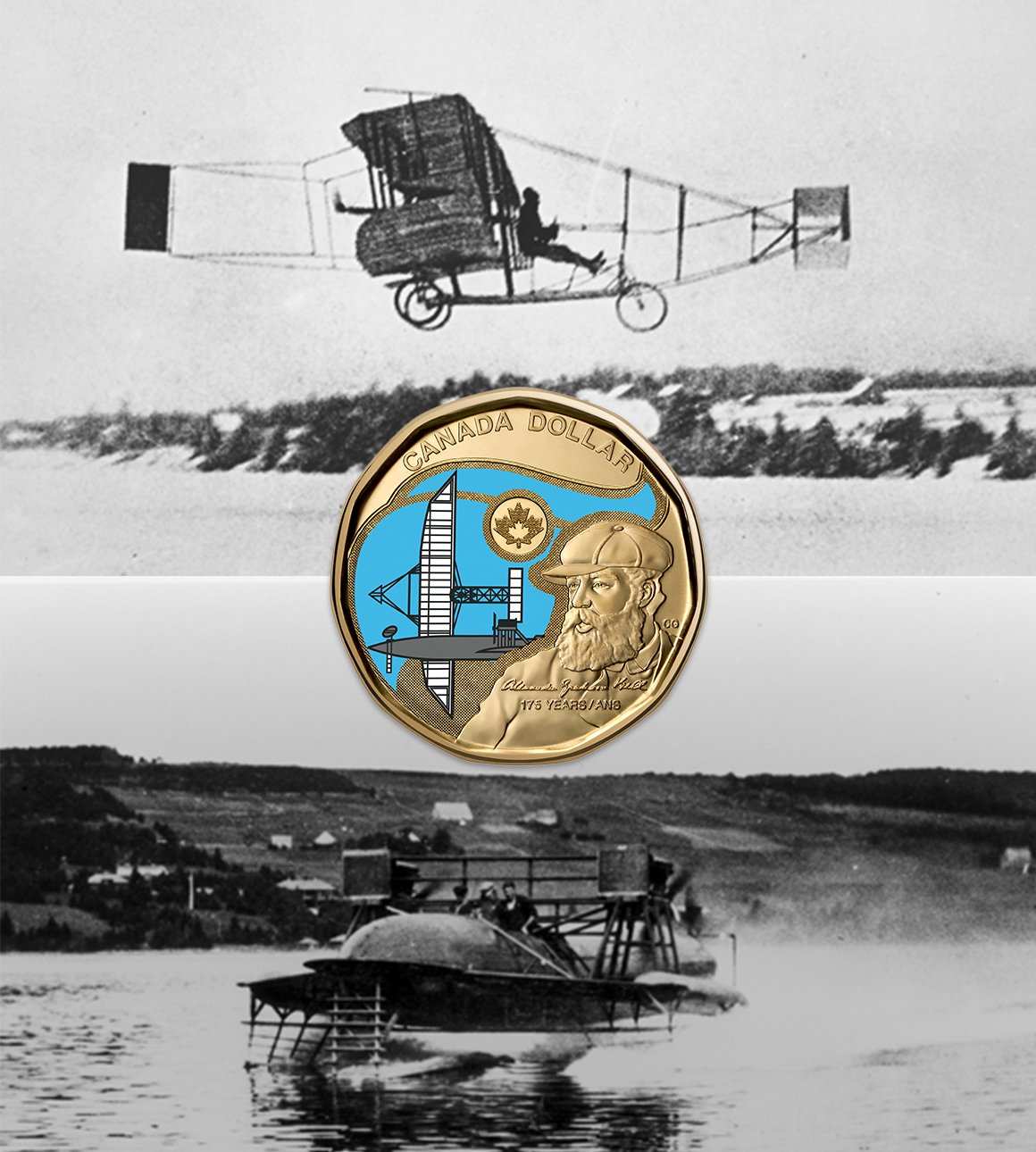

Photo: Silver Dart (Courtesy of Parks Canada), HD-4 Hydrofoil boat (Courtesy of Parks Canada)
Alexander Graham Bell is best known for creating the telephone, but his impact on the world far exceeds that one invention. His ceaseless drive to create and innovate resulted in a variety of ground-breaking inventions—many of which we still see iterations of today. Notably, his work in transportation—primarily in aviation, but also in watercraft—left a lasting impression on the industry.
Two of Bell’s most stunning scientific achievements were crafted on Canadian soil at his estate and research laboratory in Baddeck, Nova Scotia: The Silver Dart and the HD-4 Hydrofoil. Both of these innovations, as well as the lake they made waves on, are depicted on our newest commemorative circulation coin.
Read on to learn more about these two crafts, plus Bell’s other transportation-related inventions that came to life in Canada.
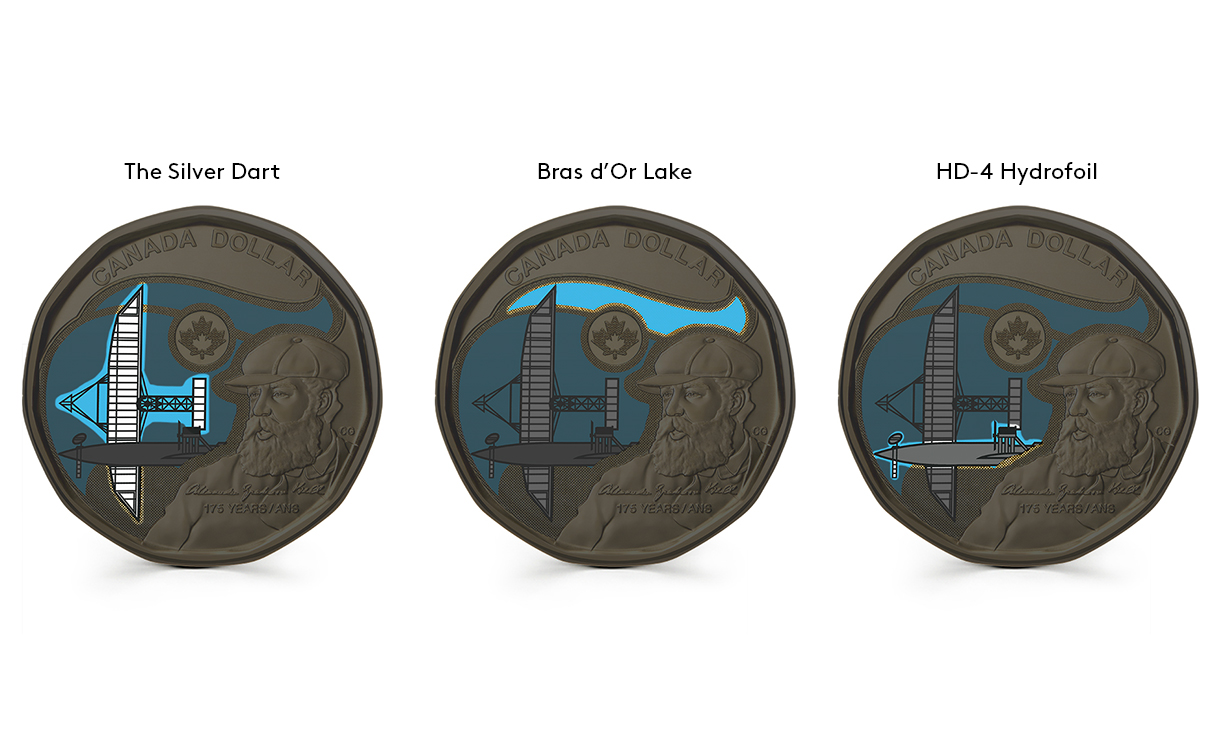
The Alexander Graham Bell commemorative circulation coin depicts the blueprints for the Silver Dart and the HD-4, and the blue background represents Bras d’Or Lake in Cape Breton, Nova Scotia.
A Flight of Discovery
Bell was fascinated by aviation from a young age. He believed, before many could even fathom it, that humankind would one day take to the skies. Although he wouldn’t realize his vision in a tangible way until after creating the telephone, the fame and funds he received from his acclaimed invention enabled him to prioritize the experiments he felt most passionate about.
In 1907, Bell and his wife Mabel established the Aerial Experiment Association (AEA). The goal of the Association was “to get a man into the air, aboard a powered flying machine”. Based out of Beinn Bhreagh (the Bells’ Baddeck estate), the AEA was financed by Mabel and consisted of Bell and a team of aviation pioneers: J.A.D. McCurdy, Frederick “Casey” Baldwin, Glenn Curtiss, and Thomas Selfridge. Together, they worked on a variety of projects, from experimenting with tetrahedral kites to eventually building powered aircraft.
Here are some of Bell’s most notable achievements in aviation with a Canadian connection:
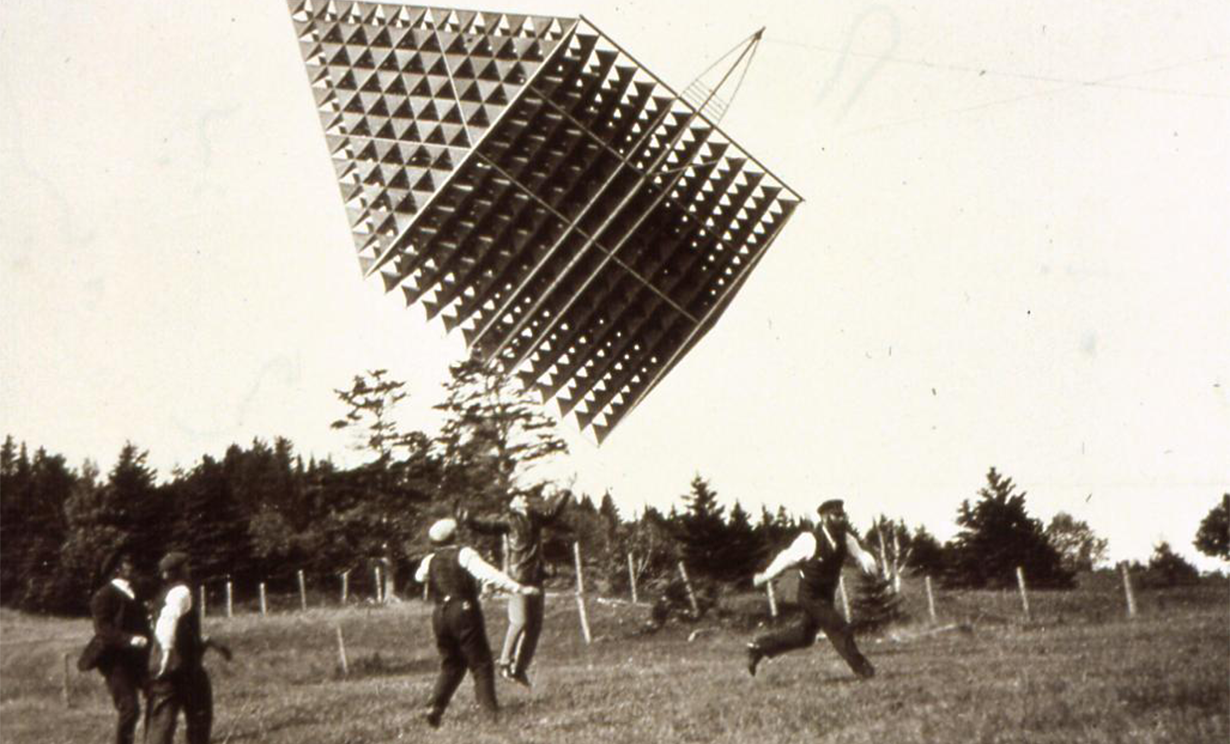

Photo 1: Workmen and a tetrahedral kite. Courtesy of Parks Canada
Photo 2: Licensing rights for usage of Bell images: Alexander & Mabel Bell Legacy Foundation
Tetrahedral Kites
Prior to the formation of the AEA, Bell began experimenting with kites at his estate in Baddeck, Nova Scotia. The lakeside property—and the Cape Breton weather—made for ideal kite-flying conditions.
Bell discovered the tetrahedral form after studying Lawrence Hargrave’s box kite designs, which were made of rectangular cells. From this research, Bell developed a triangular-shaped cell with aerodynamic lift that could be applied to various kite shapes, and regularly tested different variations.
Made of interlocking wood or metal rods which formed a pyramid, the tetrahedral kite design proved to be sturdy enough to carry a man and a motor—an important step towards creating a “flying machine”.
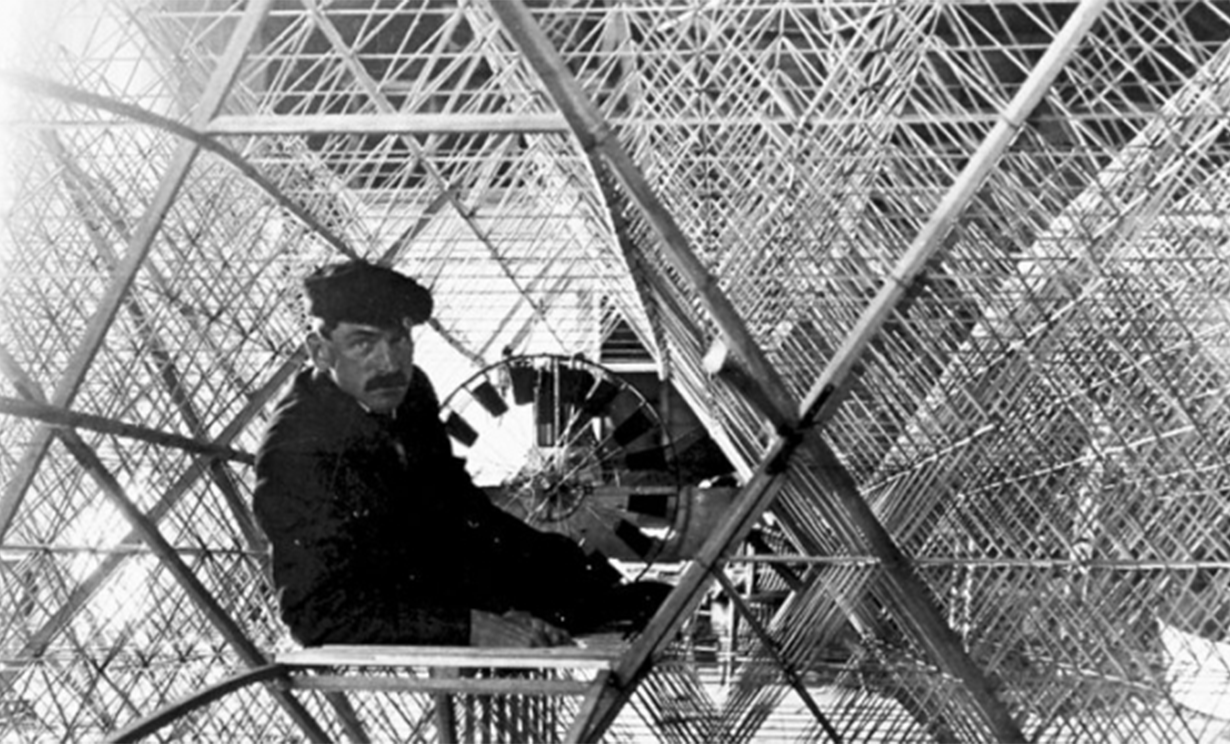
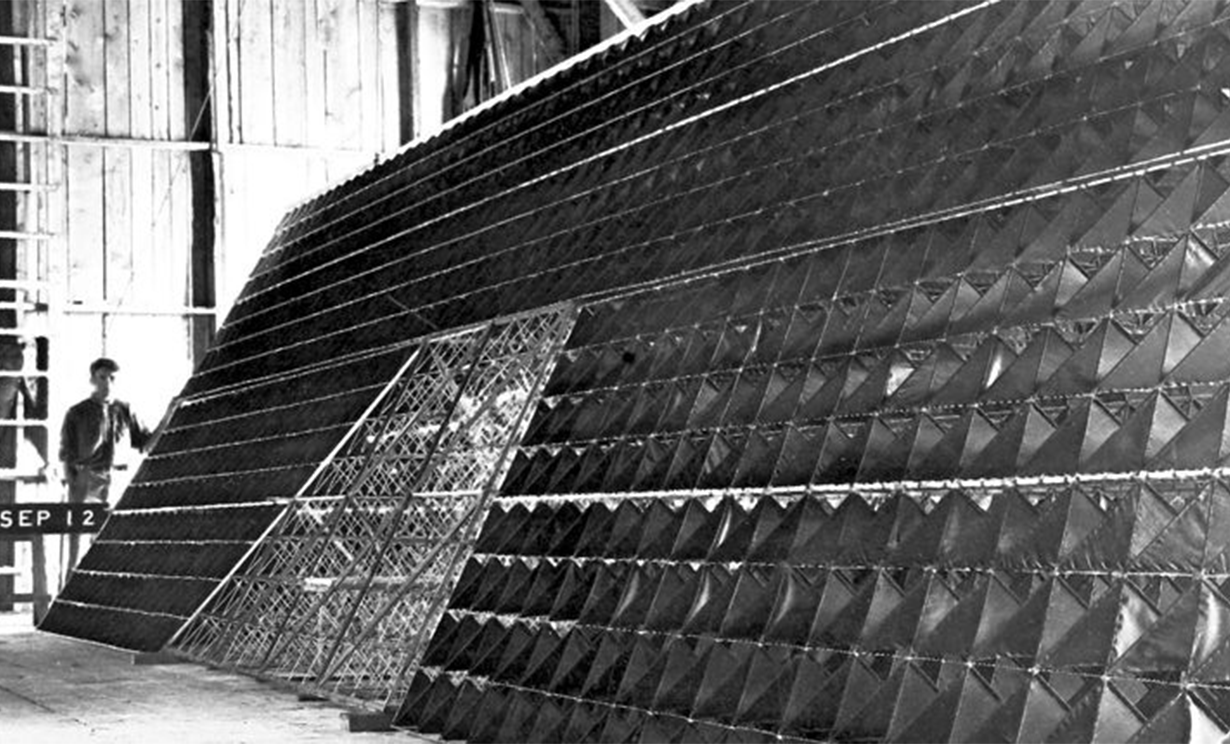
Photo 1-2: Licensing rights for usage of Bell images: Alexander & Mabel Bell Legacy Foundation
Cygnet
The Cygnet was the AEA’s first project. Based on the research from Bell’s kite experiments, the Cygnet was a large, non-motorized kite made up of many tetrahedral cells. It was able to generate enough lift to carry a person in flight.
On December 6, 1907, the Cygnet—towed by a steamboat and carrying Lt. Thomas Selfridge—flew to a height of 168 feet (or 51 metres) over Baddeck Bay. The flight lasted approximately 8 minutes, and was the first recorded heavier-than-air flight in Canada.
Although the motorized iteration of the Cygnet didn’t prove to be as successful as the original, the AEA designed a variety of other successful aircraft, culminating in the Silver Dart.

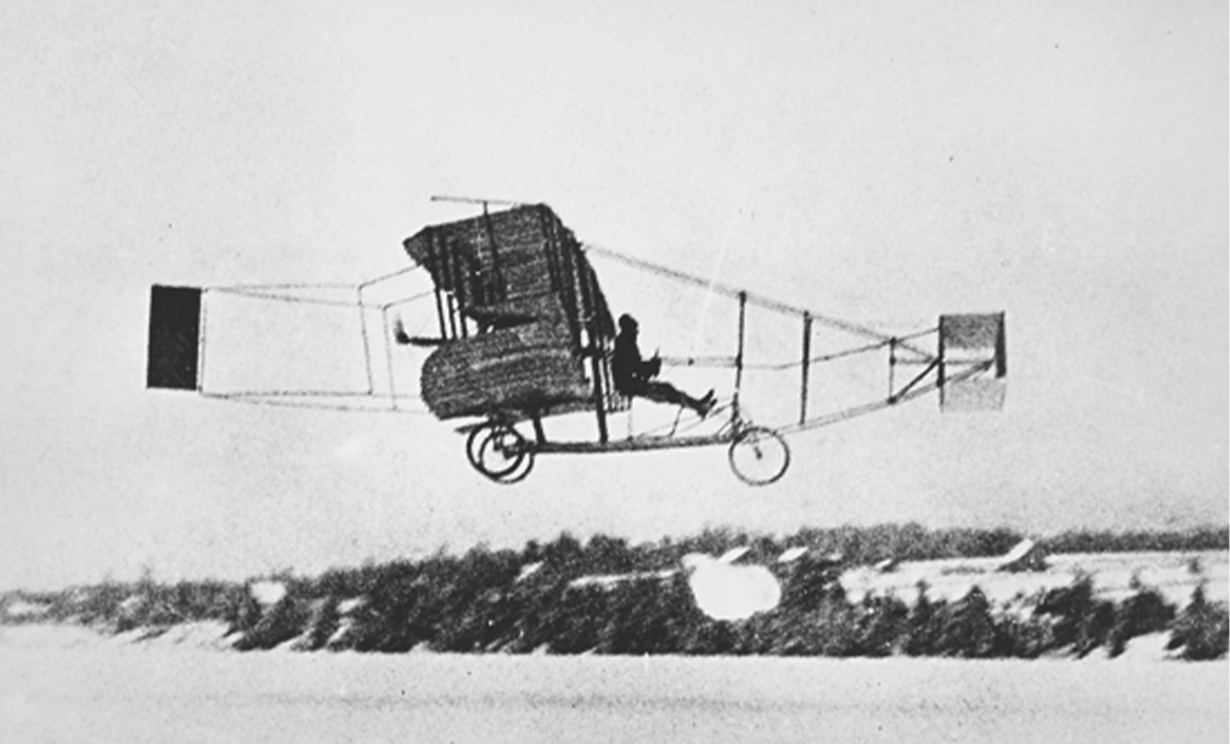
Photo 1: J.A.D. McCurdy and the Silver Dart being guided by ice skaters on Baddeck Bay - February 23, 1909, Courtesy of Parks Canada
Photo 2: Silver Dart. Courtesy of Parks Canada
Silver Dart
Following the Red Wing, White Wing, and June Bug (which won the Scientific American Cup in 1908 for the first manned public flight in North America), the Silver Dart was the fourth and final airplane built by the AEA. It was designed by J.A.D. McCurdy, who went on to pilot the plane over Bras d’Or Lake on February 23, 1909.
This was the first manned, powered flight in Canada. Though the Silver Dart’s first flight only lasted a minute, it was a major achievement. Its frame and structure were made of steel tube, bamboo, friction tape, wire, and wood. The wings were covered with rubberized, silvery balloon cloth, which inspired its name.
We spoke with the curator at the Canada Aviation and Space Museum to learn more about the Silver Dart and the history of the AEA:
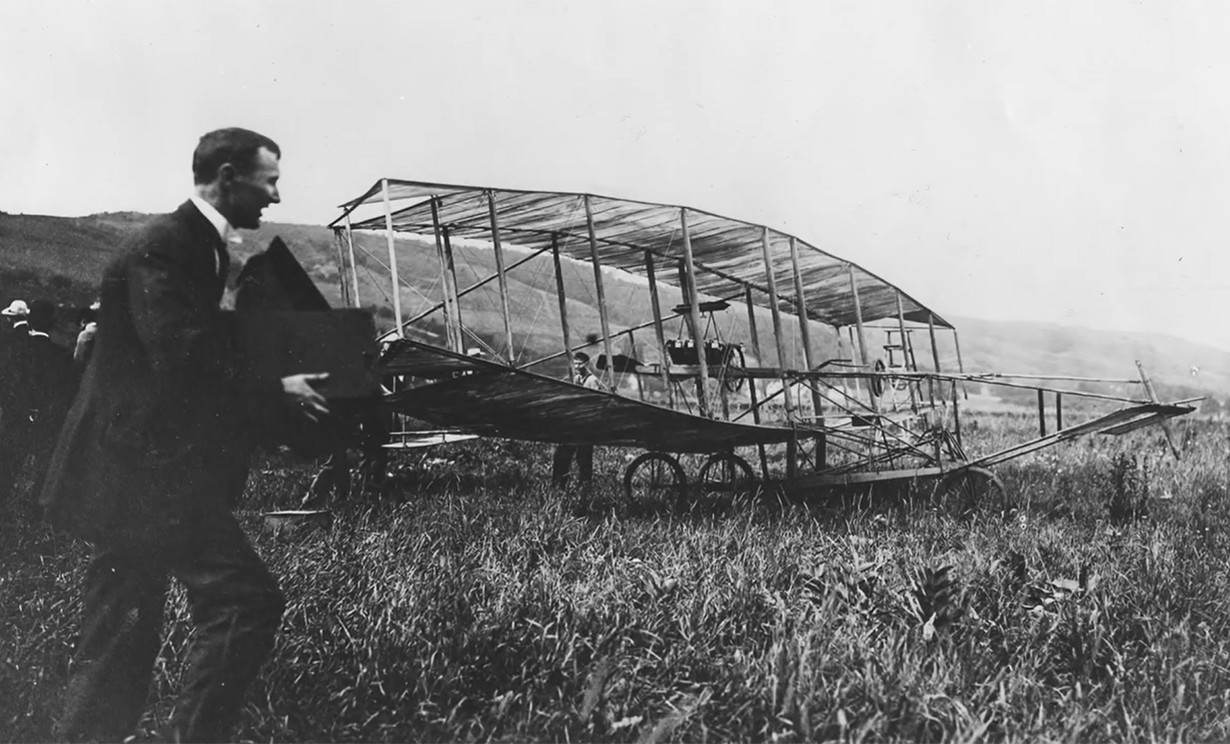
The AEA disbanded in 1909. Although it was only active for about two years, the Association enjoyed much success in a short period of time. They conquered their original goal of getting a man in the air aboard a powered aircraft, built six flying machines, developed the hinged aileron concept (the “little wing” or fin on the back edge of airplane wings used to control longitudinal movement), and achieved many Canadian aviation firsts.
After the dissolution of the AEA, Bell went on to fund McCurdy’s and Baldwin’s Canadian Aerodrome Company (CAC)—the first airplane company in Canada. The CAC built several airplanes, but due to a lack of interest and funding from the Canadian Army, the company folded a year later. Despite this, Bell’s fascination with flight remained strong:
Waves of Innovation
The AEA’s work in aviation naturally led to the use of watercraft in their experiments. Bell outfitted his tetrahedral kites with floats so that they could better take off and land over water while being towed by boats, and at one point the AEA tried adding floats and hydroplanes to their June Bug airplane.
In 1908, the AEA proposed an experimental aircraft called Drome #6 (Dhonnas Beag), which was to be a “boat/flying machine.” The goal was to create an engine that could rise out of water.
Despite his laboratory being situated on a lake, it wasn’t until a trip to Italy in 1910 that Bell took a standalone interest in watercraft innovation. Enrico Forlanini, an Italian inventor, took Bell and Mabel on a joyride on his hydrofoil boat. Bell was impressed, and instantly inspired. Upon his return to Baddeck, Bell got to work on this renewed interest—and he had the perfect backdrop for water-based experimentation: Bras d’Or Lake.

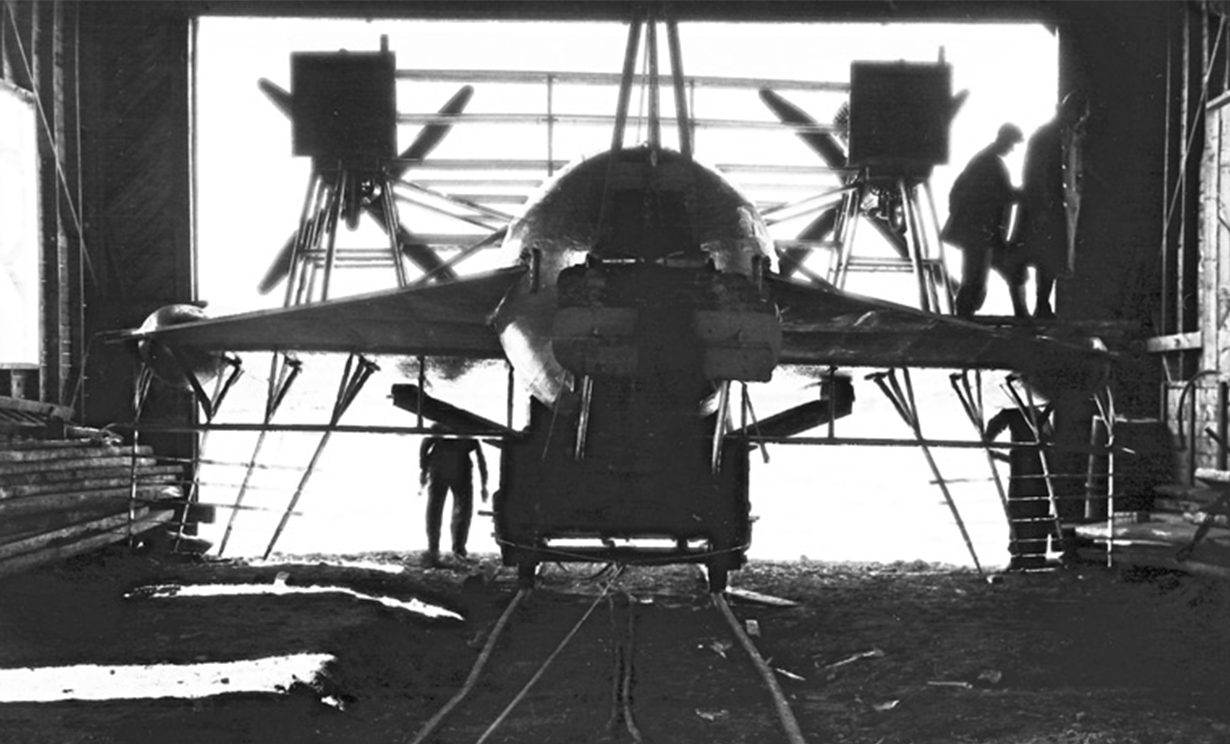
Photo 1: HD-4 Hydrofoil boat. Courtesy of Parks Canada
Photo 2: Licensing rights for usage of Bell images: Alexander & Mabel Bell Legacy Foundation
HD-4 Hydrofoil
Hydrofoil boats were designed to travel on water using the lift generated by their foils. Lifting the boat’s hull out of the water helped reduce drag, allowing the boat to travel at faster speeds.
Between 1911 and 1919, Bell and Casey Baldwin created four hydrofoil boats, the fourth of which was named the HD-4. On September 9, 1919, the HD-4 traveled 70.86 mph (approximately 114 km/h) on Baddeck Bay, setting a world marine speed record. After this success, Bell and Baldwin continued to create experimental hydrodromes, and even built towing targets for the Canadian Navy.
Hydrofoil boats are still used to this day for racing, recreation, and even ferrying passengers.
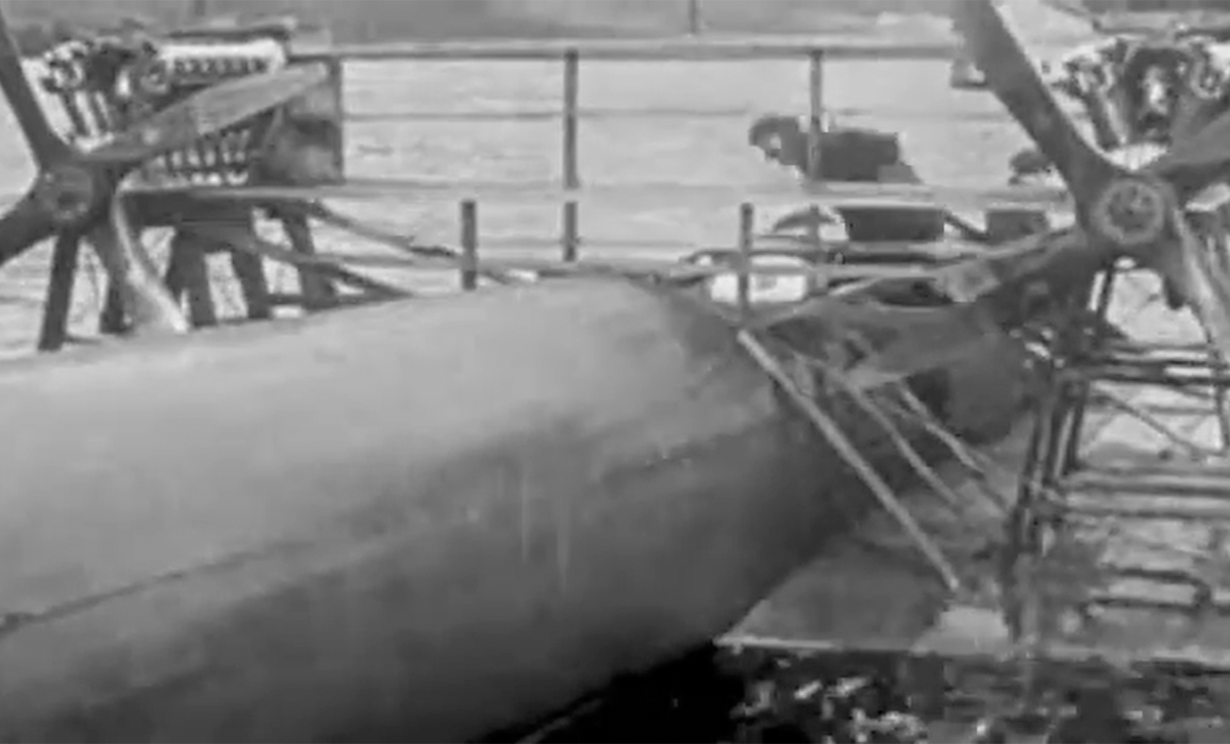
175 years after Bell’s birth, his drive for discovery and groundbreaking inventions continue to inspire innovation throughout many fields of study. Never stop discovering: learn more about Bell’s legacy and celebrate his innovative spirit with our new 2022 commemorative circulation coin.



